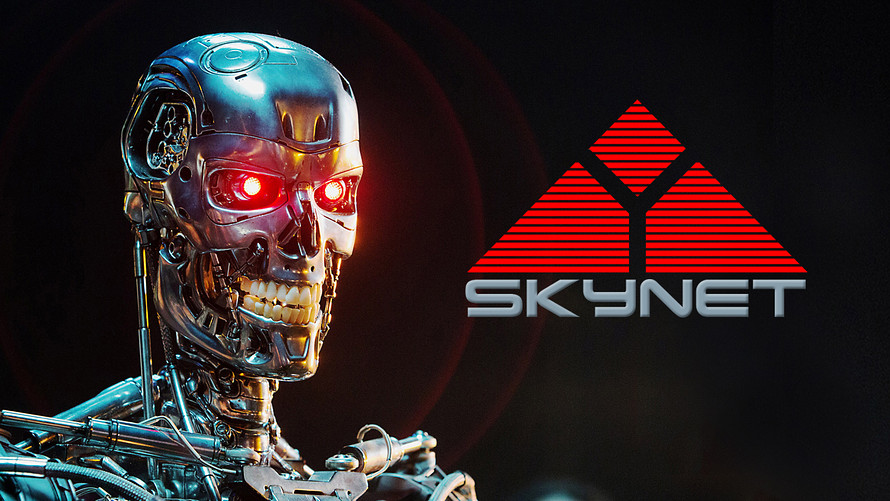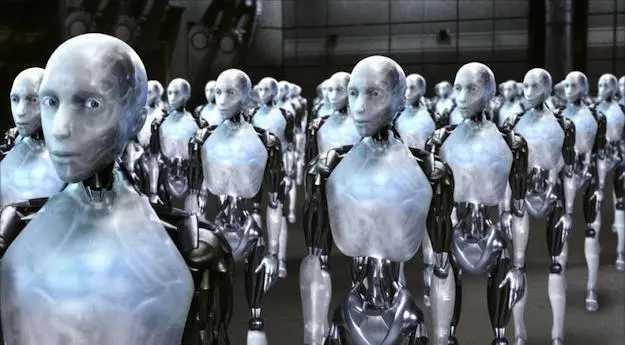If you have interacted with any apps or computer systems that seem to know what you like – your tastes and interests, you will most likely agree with me it is mind blowing. I mean, how does Spotify know I would like a certain kind of music? How does Netflix (mostly) know what kind of movies to recommend to me? How on earth does ChatGPT know the answers to pretty much anything I ask it?
That right there is the power of Artificial Intelligence at work. Artificial Intelligence, or AI as it’s more often called (not Artificial Insemination please), is the ability of computer systems (that we like to call machines) to mimic human intelligence.
For the most part, this thing called AI is like a black box. We can see the amazing things it is doing but we really can’t explain how it does it.
Learning by example is one of the most powerful and mysterious forces driving intelligence, whether you’re talking about humans or machines. Think, for instance, of how children first learn to recognize letters of the alphabet or different animals. You simply have to show them enough examples of the letter B or a cat and before long, they can identify any instance of that letter or animal. The basic theory is that the brain is a trend-finding machine. When it’s exposed to examples, it can identify qualities essential to cat-ness or B-ness, and these ultimately coalesce into decision protocols that give us the ability to categorize new experiences automatically and unconsciously. Doing this is easy. Explaining how we do this is essentially impossible. “It’s one of those weird things that you know, but you don’t know how you know it or where you learned it. It’s not that you forgot. It’s that you’ve lost track of which inputs taught you what and all you’re left with is the judgments.
Associate Professor Samir Rawashdeh
AI, like trying to understand how the human brain works, is a very complex operation and wide subject. Without going into the details of stuff like convolution neural networks, generative adversarial networks, gaussian processes or anything like that which might make your head hurt, let me attempt to reduce, or rather classify AI into seven types.
To begin with, AI can be described by functionality and by capability.
AI Capabilities
There are three categorizations under AI Capabilities, that is, Artificial Narrow Intelligence (or Realized AI), Artificial General Intelligence (AGI) and Artificial Super Intelligence (ASI)
1. Artificial Narrow Intelligence/Narrow AI
This is also know as Weak AI. Ironically, there’s nothing weak about this this type of AI, so stay with me here. Of all the 3 capabilities mentioned above, this is the only AI that exists in reality. In other wards, there are practical use cases for it. The other two (AGI and ASI) only exist in theory.
So we can think of this as realized AI. That’s the artificial intelligence we have today and the theoretical AI, which is the artificial intelligence we may have in the future. Now narrow AI can be trained to perform a narrow task, which to be fair to narrow AI might be something that a human could not do as well as the AI can, but it can’t perform outside of its defined task. It does need us humans still to train it.
2. Artificial General Intelligence
Well, a favorite of memes, science fiction and betting markets is artificial general intelligence, also known as a AGI, and also known as strong AI. To be clear, AGI is currently nothing more than a theoretical concept, but here’s the idea. AGI can use previous learnings and skills to accomplish new tasks in a different context without the need for us human beings to train the underlying models. If AGI wants to learn out of performance, it will figure it out by itself, which sounds disconcerting,
If you have watched Terminator, the Sci-Fi movie franchise, then you must know SkyNet – the self-aware artificial intelligence system. That’s the closest example of AGI I know yet.

There are rumors that OpenAI has developed an AGI system called Q* (Q Star), but let’s leave it at that: a rumour. We are most likely still far away from seeing AGI existing in reality.
3. Artificial Super Intelligence
This AI is the chart-topping scariest type of them all. If ever realized, Artificial Super Intelligence would think reason, learn, make judgments and possess cognitive abilities, that surpass those of human beings. The applications processing super AI capabilities would have evolved beyond the point of catering to human sentiments and experiences, and we’ll be able to feel emotions and have needs and possess beliefs and desires of their own.
If you have watched the 2004 Sci-Fi block buster movie I, Robot, you will get an idea of what this could look like. In this movie set in 2035, intelligent androids are governed by 3 main laws. However, one super intelligent robot leads a vast army of androids to enslave humanity, after the androids become so intelligent that they are able to notice inconsistencies in the logic of the three laws.

AI Functionalities
Now, let’s look at the next four types of AI based on functionality. Two of these types of AI exist in reality (realized AI/Narrow AI). The other two are still theories. Let’s begin with the ones that exist in real life:
4. Reactive Machine Artificial Intelligence
Now, reactive machine AI are systems designed to perform a very specific, specialized task. Reactive AI stems from statistical math, and it can analyze vast amounts of data to produce a seemingly intelligent output. We’ve had reactive AI, but quite a long time. Back in the late 1990s, IBM’s chess playing supercomputer Deep Blue beat chess grandmaster Gary Kasparov by analyzing the pieces on the board and predicting the probable outcomes of each move. That’s a specialized task with a lot of available data to create insights. This is a hallmark of reactive AI.

5. Limited Memory AI
You can think of other narrow AI functionalities, really as being classified as limited memory AI. Now, this form of AI can recall past events and outcomes and monitor specific objects or situations over time. It can use past and present moment data to decide on a course of action, most likely to help achieve a desired outcome. And as it’s trained on more data over time, limited memory AI can improve in performance.
All your favorite generative AI apps like ChatGPT, Mid Journey rely on limited memory AI capabilities to predict the next word or the next phrase or the next visual element within the context it’s generating.

And now the other two theoretical functionalities:
6. Mind Artificial Intelligence
Let’s start with the theory of mind AI. Now this would understand the thoughts and emotions of other entities specifically us. So it could infer human motives and reasoning and personalize its interactions with individuals based on a unique emotional needs and intentions. And actually, emotion AI is a theory of mind AI currently in development. AI researchers hope it will have the ability to analyze voices, images and other kinds of data to understand and respond to human feelings.
7. Self-Aware Artificial Intelligence
And then finally under Artificial Super Intelligence, we have self aware AI. This one is also very scary. It would have the ability to understand its own internal conditions and traits leading to its own set of emotions, needs and beliefs.
There, I have tried to condense AI into seven types – three of which exist so far. AI has advanced over the past couple of decades. With recommendation systems that can almost accurately predict the type of music you love, but we are still far along on our AI journey.
1,656 total views, 3 views today
